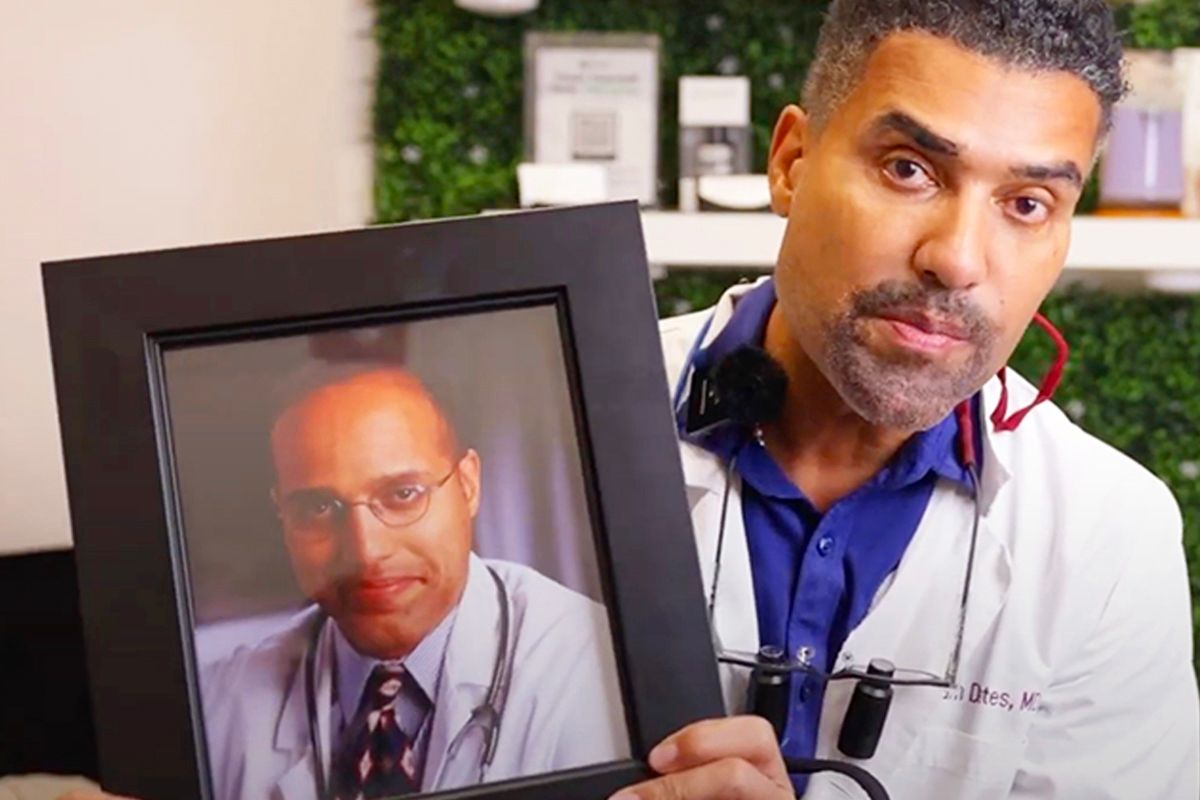



Basking in the sun can be a delightful experience, but prolonged or unprotected sun exposure can lead to sun-damaged skin. Sun damage, also known as photodamage, can result in a variety of skin issues, including wrinkles, age spots, and an increased risk of skin cancer. Fortunately, there are effective treatments available to help reverse and manage sun-damaged skin.
Prevention is always the best approach when it comes to sun damage. Regularly apply a
broad-spectrum sunscreen with an SPF of at least 30, even on cloudy days. This protects your skin from harmful UVA and UVB rays.
Stay in the shade during peak sunlight hours (usually 10 a.m. to 4 p.m.), when the sun's rays are the strongest. Wear clothing that covers your skin, including wide-brimmed hats and sunglasses. Tanning beds emit harmful UV radiation and should be avoided.
Several over-the-counter and prescription topical treatments can help improve the appearance of sun-damaged skin. Retinoids, such as retinol or prescription tretinoin, can stimulate collagen production, reduce fine lines, and improve skin texture. Topical Vitamin C serums can help brighten the skin, reduce the appearance of age spots, and protect against further damage.
Prescription hydroquinone creams can lighten dark spots and mitigate uneven skin tone. Alpha Hydroxy Acids (AHAs) and Beta Hydroxy Acids (BHAs) are also great additions to your skincare routine. These exfoliants can improve skin texture and tone by removing dead skin cells.
If you are looking for medical-grade solutions, look no further than Dr. Yates MedSpa. Our highly trained team of professionals has the sun damage solutions you are looking for.
Chemical peels, performed by dermatologists, involve the application of a chemical solution to remove damaged skin cells. This treatment can reduce the appearance of sunspots, fine lines, and uneven skin tone. Superficial peels typically require little downtime, while deeper peels may involve more recovery time.
Microdermabrasion is a noninvasive procedure that uses a machine to exfoliate the top layer of skin. It can improve sun-damaged skin by reducing fine lines, age spots, and uneven texture. Multiple sessions may be needed for optimal results.
Laser and IPL treatments target specific skin issues, such as sunspots, broken blood vessels, and wrinkles. They work by delivering energy to the skin's deeper layers, stimulating collagen production and promoting skin rejuvenation. Consult with a dermatologist to determine which laser or IPL treatment is suitable for your skin type and concerns.
Microneedling involves the use of tiny needles to create micro-injuries in the skin, stimulating collagen production and improving skin texture. It can help reduce the appearance of fine lines and sun damage when performed by a trained professional.
In cases of extensive sun damage or skin cancer, surgical procedures like excision or cryotherapy may be necessary. These treatments remove the affected areas of skin and are typically performed by dermatologists or plastic surgeons.
Sun-damaged skin is a common concern, but there are numerous effective treatments available. To determine the best approach for your specific skin issues, consult with a dermatologist. Remember that prevention is key, so always protect your skin from the sun's harmful rays to maintain a healthy and youthful complexion.
No matter how sun-damaged your skin is, there's a solution to help you achieve radiant and healthy skin, even after sun damage.
Book your first consultation appointment with Dr. Yates MedSpa today!



Ready to love your hair? Call 312.883.9617 for a consultation or fill out the form below
OUR LOCATION
213 N. Stetson Ave
Chicago, IL 60601
HOURS
Copyright ©2025 Dr. Yates Hair Science | All Rights Reserved
Powered by HEAVY LEVITY